
The United States loves its pets, with over two-thirds of households owning a pet and the owners spending $30 billion each year on feeding them. The Institute for Feed Education and Research (IFEEDER), the Pet Food Institute and the North America Renderers Association partnered to conduct a first-of-its-kind study about how this massive market effects the other segments of agriculture.
“I think what we’ve always known is pet food manufacturers are important to making sure that our dogs and cats are fed nutritious and safe meals,” says Robert Cooper, executive director of IFEEDER. “This research helped us better understand the ingredients that go into what our animals eat, but more importantly, it helped us better understand the impact that pet food manufacturing has on the agricultural economy and rural communities across the country.
“The three organizations did this through a partnership with Decision Innovation Solutions (DIS),” explains Cooper. “DIS purchased the Nielsen data that looked at the UPC data both by volume and by sales across the country to look at the economic side of it. They used an economic multiplier to better understand and articulate the upstream values.”
The Pet Food Report was the ultimate result of this study, and it breaks down the economic impacts on the more than 500 ingredients that go into U.S. pet food manufacturing.
Financial impact
The study found that the U.S. pet food industry uses 8.65 million tons of animal and plant-based ingredients. The dog and cat food segments alone spend $6.9 billion on over 500 agricultural ingredients. The ingredients include commodity crops, specialty fruit and vegetables, poultry, seafood and rendered products.
“呈现产品的使用是一个伟大的结果of this study,” says Cooper. “Those products are leftover from meat processing plants and are not used in human diets. But because they are sought after for pet food, agriculture can keep much of those leftover meat products out of the landfill.”
The full study is available at IFEEDER.org, where interactive graphs show the pet foods industry’s impact on individual ingredients and states. This information is available to help industry partners tell the story of agriculture and its benefits to rural communities and the economy as a whole.
“I think the real story is the upstream value that the pet food manufacturing industry has across the spectrum. It infuses money into local communities to manufacture that food. It then supports the transportation and distribution industries to get that food into the retail marketplace, which in turn helps support the retail industry. Pet food is a $30 billion industry that has impacts across the whole spectrum of the economy.”
The future
The Pet Food Report is similar to IFEEDER report on the animal food industry’s economic impact, which breaks down the effect the feed manufacturing industry has on local, state and national economies. Both studies were commissioned to help the feed and pet food industries explain what they do and their impact, with easy to use factual figures and charts. The organization is working on other studies that will help the industry educate stakeholders about the industry. In late 2020, IFFEDER plans to share the results of a sustainability and economic study on how feed manufacturers would be impacted if urged to run two lines because of consumer demand for GM-free products. Research projects related to African swine fever are also moving forward, which will make sure the industry is prepared if the disease makes it to the United States.
IFEEDER plans to continue to use current research tell its story. Both the animal feed and pet food industries contribute billions to rural economies across the United States and need to share that message to their neighbors, consumers and government officials.
“I wouldn’t say this study has shocking findings,” says Cooper. “We’ve always known the pet food industry’s importance to the agricultural community. This study will help us talk about the industry in a more concrete way, with facts and figures, and showcase just how important agriculture is for both human food and the animals we love too.” ■
IFEEDER is supported by more than 200 donors that fund research work and special projects. IFEEDER is always looking for new partners. If interested, visitIFEEDER.orgor emailRcooper@afia.org.

.jpg?auto=format%2Ccompress&crop=faces&fit=crop&h=48&q=70&w=48)
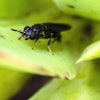
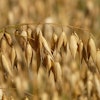


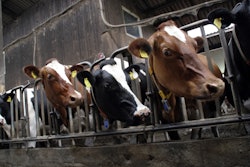

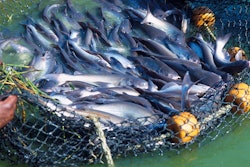
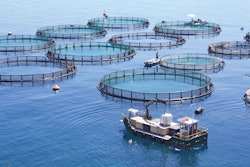











![Optimix Andritz Scaled[1]](https://img.feedandgrain.com/files/base/wattglobalmedia/all/image/2023/05/optimix_Andritz_scaled_1_.645eb7a1ed508.png?auto=format%2Ccompress&fit=crop&h=112&q=70&w=112)
